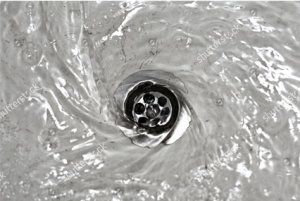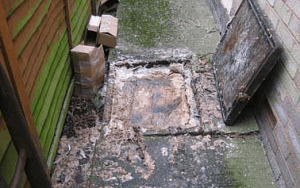Everything You Need to Know About Sewage Backup

Blocked Drain Southend
What is a sewage backup, exactly? When the volume of water and waste flowing into a sewer system begins to surpass the sewer’s capacity, a sewer backup occurs. The water from the sewer will flow back into your house through various drain pipes, creating havoc and potentially posing health risks.
Sewer backups are more likely when there is a lot of rain, which is typically triggered by massive storms or a lot of melting snow, which results in a lot of water. Collapsed pipes, Blocked Drain Southend connections, and faulty sump pumps are potential triggers. If you want to stop sewage backups, you can take a few measurements.
Suggestions for Avoiding Sewage Backups
It is not difficult to prevent a sewer backup, but it will necessitate some improvements on the homeowner.
Some of the essential preventive measures to consider are:
- Water use should be kept to an absolute minimum during heavy rainstorms.
- Items such as fat and cooking grease should not be disposed of in the garbage disposal or down kitchen sink drains because they can harden and cause clogs.
- Rainwater downspouts must be extended away from your home’s foundations.
- It is essential to ensure that surface water flows away from your home’s foundations.
- Installing a sump pump is a smart idea because it helps draw the water away from your lawn or driveway.
- Consider adding a backwater flow control valve.
- During heavy rainstorms, sewer caps in basement sewer outlets must be held on.
- Detach the rainwater downspouts from the basement’s sewer system, then seal the disengaged standpipes.
Information on how to clean up is beneficial.
Regardless of how hard you try to stop a sewage backup, it is vital to act quickly if one happens. Turning to experts for assistance is potentially the best course of action.

While you wait, there are a few things you can do to support yourself:
- It is essential to stay away from any electrical systems and panels until you are sure they are secured.
- Defective products should be moved to a dry, well-ventilated location as soon as possible.
- Any items that could have come into contact with sewer water should be adequately disinfected.
- Take pictures of all the damaged objects.
Regardless of whether you want to take any of those cleanup measures, keep in mind that protection still comes first. When you’re unsure what steps to take, contact an electrician, plumber, insurance agent, or other professionals who can assist you in your problem.
A sewer backup can cause disease, the loss of valuables, structural damage to your home or company, and even electrical problems. Cleanup of the affected property as soon as possible can help to reduce the inconvenience and prevent mould and other damage. In the event of a sewer backup, make arrangements to have your property cleaned up as soon as possible
This should include the following:
- Wet-vacuuming or spill cleanup
- Using soap and disinfectant, mop the floors and wipe down the walls.
- Disinfecting and flushing plumbing fixtures
- Washing wet carpets or drapes with steam or removing wet carpets or drapes
- Replacing or restoring damaged wallboard or wallpaper
- Ductwork cleaning
